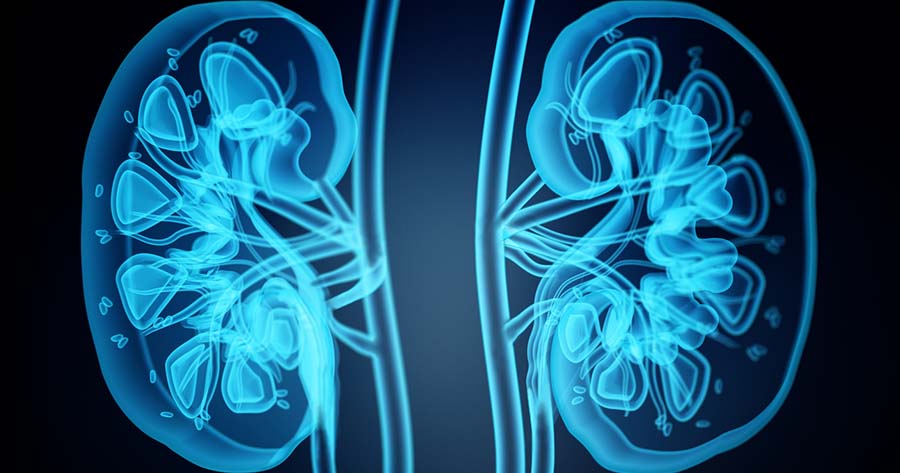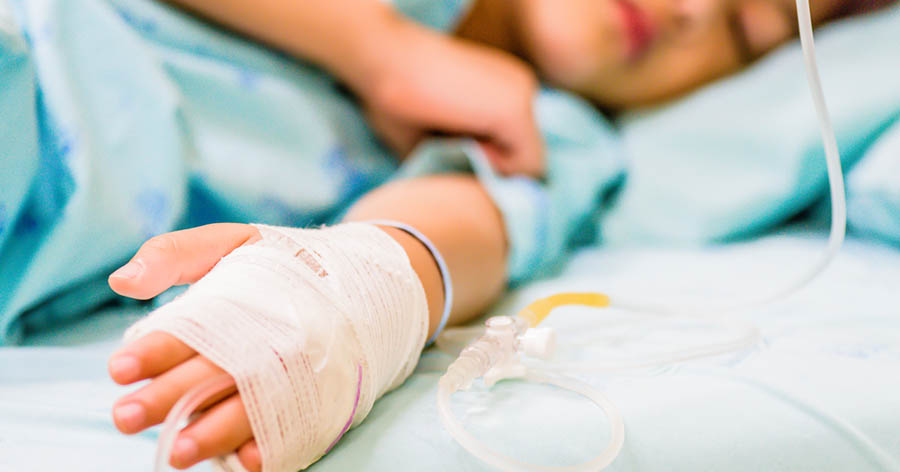At the Royal Derby Hospital there was an increasing number of people with type 2 diabetes on basal–bolus insulin regimens without any real education about how to match insulin doses to food. Individuals were often on large doses of insulin with little effect on blood glucose control, but great increases in weight.
NICE (2008) guidelines state that “group education is a more effective use of resources and may have additional benefits”. Therefore, the diabetes team designed group education sessions, based on DAFNE (Dose Adjustment for Normal Eating) Study Group (2002) principles. However, as evidence for DAFNE is based on type 1 diabetes, adjustment was necessary for this population.
Aims and objectives
The aim of this programme was to provide information, in a group setting, about carbohydrate and insulin to empower people with type 2 diabetes who are on a basal–bolus insulin regimen to improve their diabetes control and quality of life.
Group sessions
For each group session, 8–10 people with type 2 diabetes, plus a relative or friend, were invited to attend. These are 2-hour group sessions run by a DSN and a diabetes specialist dietitian. There were five sessions at intervals of 1 or 2 weeks, followed by a sixth session 3 months later.
At each session, the following measurements were recorded:
- Weight.
- Height.
- Blood pressure.
- Insulin doses.
- HbA1c level (only at sessions 1 and 6).
There are lesson plans for each session covering the following topics:
- What is type 2 diabetes?
- Carbohydrate counting.
- Insulin actions.
- Treatment of hypoglycaemia.
- Blood monitoring.
- Insulin dose adjustment.
- Weight control.
- Exercise.
Findings
Of the 37 people with comprehensive data, 31 (84%) initially had an HbA1c level >8% (>64 mmol/mol). Upon repeat HbA1c measurement at the last session, 22 participants (59%) showed improvement. The mean reduction in HbA1c level was 0.96% (10.5 mmol/mol). Thirty participants (81%) were overweight (BMI >25 kg/m2) initially. Weight reduction was observed in 22 people (73%) following session attendance, with a median weight loss of 3 kg.
A reduction in the total daily dose of insulin was seen in 24 participants (65%). The median dose reduction was 13 units. The average insulin dose reduction was 24 units, which translated to an average saving of £240 per person per year.
Conclusion
During group sessions, individuals had time to ask questions, listen to others and to learn at their own pace. Looking at other people’s blood glucose results and insulin doses was a large part of the learning curve. Structured group education in people with type 2 diabetes on a basal–bolus insulin regimen was effective in improving glycaemic control, reducing insulin dose (leading to a cost saving) and reducing weight.





NHS England to allow weight-loss injections for prioritised patient cohorts from late June.
5 Apr 2025